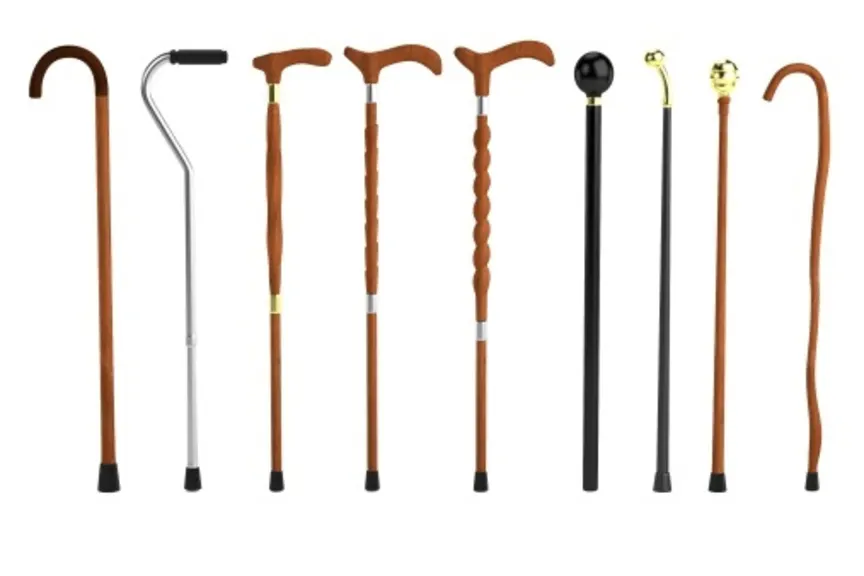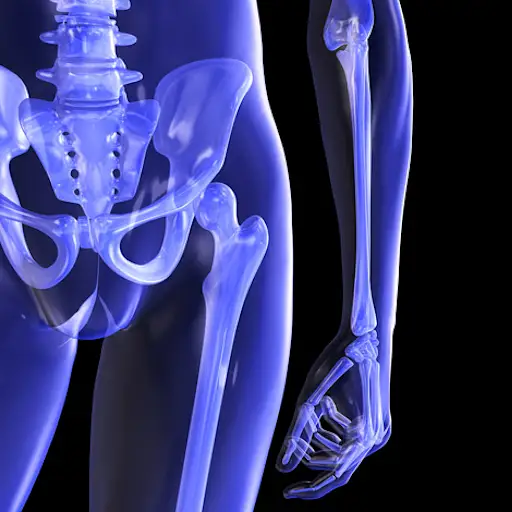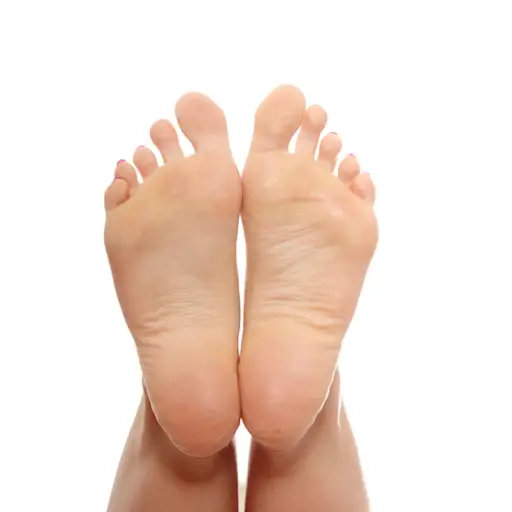10 Surprising Facts About Arthritis

A look at10 surprising facts about the different types of arthritis.

Think you know everything about arthritis?
You or a loved one has been living with arthritis for years and you are almost certain you know everything about this potentially debilitating condition.
But here we look at 10 surprising facts about the different types of arthritis that you maynotknow!

Snakes and bees and ants?
After years of treatment, some people who suffer from various forms of arthritis have turned to unusual natural treatments that come from snakes, bees, and ants.
Sound outlandish? Maybe not! In fact, a2010 studyperformed by researchers in Brazil found that bee sting venom actually appeared to reduce the signs and symptoms of rheumatoid arthritis.

More than just hands, hips, and knees
When people think of osteoarthritis, they generally think of older people whose hips, knees, and hands are affected.
But statistics suggest that more than half of people in their 60s and 70s have osteoarthritis that affects their feet and ankles.

Animals develop it too
Humans aren't the only ones affected by arthritis. Dogs, cats, and other animals can develop it too, and for many of the same reasons. As with people, the most common type of arthritis in animals is osteoarthritis. It causes the same joint inflammation, cartilage breakdown, and pain that humans experience. It can also lead to loss of appetite, which can cause weight loss. Dogs and cats can develop rheumatoid arthritis and other types of arthritis, as well.

Race matters when it comes to arthritis
Both whites and African Americans experience arthritis at similar rates, but blacks report higher instances of severe joint pain and limitations in activity than their white counterparts.
Among Hispanics, there is a lower prevalence of arthritis than among whites. But like African Americans, Hispanics report more activity limitations and severe joint pain.

Gout is also a form of arthritis
痛风是关节炎的一种,其特征是repeated flare-ups of intensely painful swelling. It's caused by a buildup of uric acid in the fluid around the joints. This can be due to genetic predisposition, some diseases, or consuming too much meat, seafood, fructose-sweetened drinks, or alcohol.
The bunion joint--the joint that connects the big toe to the foot--is often affected first in people who have gout.

Injuries increase arthritis risk
Joints that have been injured are more likely to develop osteoarthritis than joints that haven't been injured.
Among young adults, those with knee injuries have six times the risk of developing OA in that joint by age 65 than those without knee injuries. Those with hip injuries are three times more likely to develop OA in that joint by age 65.

Arthritis costs more than you may think
Statistics suggest that arthritis costs the U.S. economy more than $86 billion a year.
当工资损失等直接和间接成本are included in this figure, arthritis' toll on the U.S. economy amounts to more than $124 billion every year.

Children get arthritis too
Juvenile rheumatoid arthritis is the most common type of arthritis in children. In fact, it is one of the most common chronic condition in children, occurring almost as often as insulin-dependent juvenile diabetes.
Juvenile rheumatoid arthritis typically strikes children between the ages of 1 year and 3 years old or between the ages of 8 years and 12 years old. It also strikes girls about twice as often as boys.

Arthritis isn't just a "modern" illness
Though we hear much in the news about the rising rates of arthritis, it is by no means a new or solely "modern" condition.
Arthritis is actually one of the oldest diseases known to human kind. It has even been discovered in the remains of people living more than 500,000 years ago!

Climate can't cure it
People have long thought that wet, cold climates cause arthritis and that moving to a warmer climate will cure this condition. Unfortunately, this isn't the case. After all, the prevalence of arthritis is about the same in both warm and cold climates.
Still, some people with arthritis report they feel better in warmer areas. This makes sense, since warmth of any kind is generally soothing to sore joints.
Christopher Regal is a former Web Producer for a variety of conditions on HealthCentral.com, including osteoarthritis, chronic pain, multiple sclerosis, ADHD, Migraine, and prostate health. He edited, wrote, and managed writers for the website. He joined HealthCentral in November 2009 after time spent working for a political news organization. Chris is a graduate of the Catholic University of America and is a native of Albany, New York.

